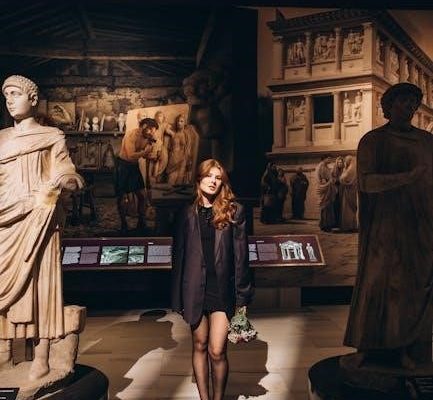The World History Shorts 1 PDF Answer Key provides comprehensive solutions to multiple-choice questions, crossword puzzles, and visual activities, aiding students in understanding historical concepts effectively.
Overview of the Resource
The World History Shorts 1 PDF Answer Key is a valuable educational tool designed to assist students in mastering key concepts in world history. This resource provides detailed answers to multiple-choice questions, crossword puzzles, and visual activities, ensuring a comprehensive understanding of historical events and cultural developments. It covers a wide range of topics, from ancient civilizations to modern historical periods, making it an ideal companion for students studying world history. The answer key is structured to align with the learning material, offering clear and concise explanations for each activity. By using this resource, students can verify their answers, identify areas for improvement, and reinforce their knowledge of historical facts and themes. This tool is particularly useful for self-study, homework completion, and exam preparation, catering to diverse learning styles and needs.
Structure and Content
The World History Shorts 1 PDF Answer Key is organized chronologically, covering major historical periods from ancient civilizations to the early modern era. Each section corresponds to specific topics, such as Mesopotamia, Ancient Egypt, the Classical Period, and the Middle Ages, ensuring a logical flow of content. The resource includes multiple-choice questions, crossword puzzles, and visual activities, each designed to reinforce learning and retention. Answers are provided at the end, offering clear explanations for all activities. This structured approach allows students to track their progress and identify areas for further study. The variety of question types caters to different learning styles, making the resource versatile for both self-study and classroom use. The content is aligned with the learning material, ensuring a seamless integration of practice and review. This structure enhances the effectiveness of the answer key as a study aid for world history students.
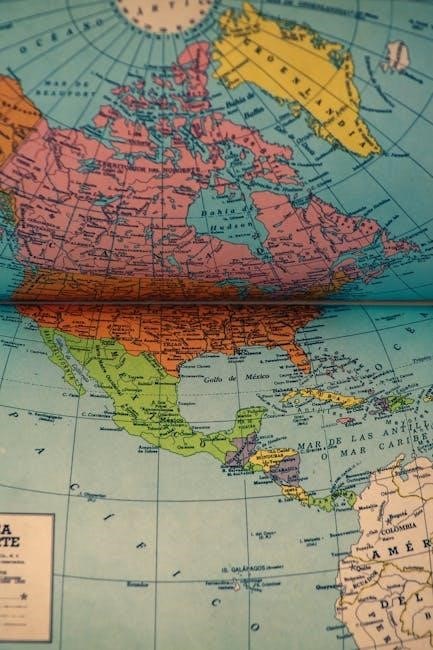
Ancient Civilizations
Ancient civilizations, such as Mesopotamia and Egypt, laid the foundation for human development, introducing writing, governance, and monumental architecture, shaping early societal structures and cultural advancements.
Early Humans and Their Development
Early humans, such as Homo sapiens, evolved in Africa, developing essential tools and strategies for survival. The Paleolithic era saw the use of stone tools and fire, marking significant advancements. Migration out of Africa led to the spread of early humans across the globe, adapting to diverse environments. The development of language and social structures laid the groundwork for complex societies. Art and symbolic expression emerged, as seen in cave paintings, reflecting cognitive and cultural growth. These developments were crucial in shaping human history, setting the stage for later civilizations. The World History Shorts 1 PDF Answer Key provides insights into these milestones, offering detailed explanations for related questions and activities. Understanding early human development is key to grasping the broader narrative of global history and cultural evolution. This section highlights the foundational aspects of human progress, emphasizing adaptability and innovation.
Mesopotamia: The Cradle of Civilization
Mesopotamia, located between the Tigris and Euphrates rivers, is renowned as the “Cradle of Civilization.” This region witnessed significant advancements, including the invention of writing (cuneiform), the development of cities like Ur and Babylon, and the creation of sophisticated irrigation systems. The Sumerians, Akkadians, Babylonians, and Assyrians each contributed to Mesopotamia’s rich cultural and political legacy. Legal codes, such as Hammurabi’s Code, established early forms of governance and justice. Mesopotamia also saw advancements in astronomy, mathematics, and architecture, with ziggurats and hanging gardens symbolizing their engineering prowess. The World History Shorts 1 PDF Answer Key offers detailed answers to questions about Mesopotamia’s innovations and their enduring impact on subsequent civilizations. This section underscores Mesopotamia’s pivotal role in laying the foundations for modern society, emphasizing its contributions to law, writing, and urban development. These achievements remain central to understanding the evolution of human civilization.
Ancient Egypt: Pyramids and Pharaohs
Ancient Egypt stands as one of history’s most fascinating civilizations, thriving along the Nile River. Known for its monumental pyramids, Egypt developed a complex society centered on pharaonic rule and religious beliefs. The pyramids, such as the Great Pyramid of Giza, served as tombs for pharaohs, symbolizing their journey to the afterlife. Egyptian culture emphasized mummification, hieroglyphic writing, and a pantheon of gods. The unification of Upper and Lower Egypt under Narmer marked the beginning of the Old Kingdom. Key pharaohs, like Ramses II and Hatshepsut, left lasting legacies. The World History Shorts 1 PDF Answer Key provides insights into Egypt’s contributions, including its artistic, architectural, and religious achievements. This section highlights Egypt’s enduring impact on human history, showcasing its advancements in medicine, astronomy, and governance. The pyramids and pharaohs remain iconic symbols of Egypt’s grandeur and cultural richness.

The Classical Period
The Classical Period saw the rise of Ancient Rome and Greece, shaping political systems, philosophy, and culture. Rome’s expansion as a republic and empire influenced law and governance, while Greece’s city-states like Athens and Sparta pioneered democracy and philosophy, leaving a lasting impact on Western civilization.
Ancient Rome: Republic and Empire
Ancient Rome transitioned from a republic to an empire, shaping global governance and culture. The Republic, established in 509 BCE, featured consuls and a Senate, emphasizing civic duty and legal frameworks. Its expansion through conquests and alliances built a vast Mediterranean dominance. However, internal strife and power struggles led to the rise of Julius Caesar and, ultimately, the Empire under Augustus in 27 BCE. The Roman Empire excelled in law, architecture, and administration, leaving enduring legacies like concrete, aqueducts, and Latin. Despite its achievements, the Empire faced challenges such as military overextension, economic strain, and social inequality, eventually leading to its decline. The Roman legacy endures in modern law, language, and governance systems, making it a pivotal era in world history.
Ancient Greece: City-States and Philosophy
Ancient Greece was characterized by city-states like Athens and Sparta, each with distinct political systems. Athens, known for democracy, emphasized civic participation, while Sparta focused on military prowess. These city-states fostered significant cultural advancements, particularly in philosophy. Socrates, Plato, and Aristotle laid the groundwork for Western philosophy, exploring ethics, metaphysics, and logic. Their ideas continue to influence modern thought. Additionally, Ancient Greece excelled in the arts, with contributions to theater, sculpture, and architecture. The Olympic Games, a symbol of unity among city-states, promoted athletic and cultural exchange. Greece’s legacy is profound, shaping democracy, philosophy, and the arts, making it a cornerstone of Western civilization. Its impact remains evident in contemporary philosophy and governance, underscoring its enduring influence on global history.
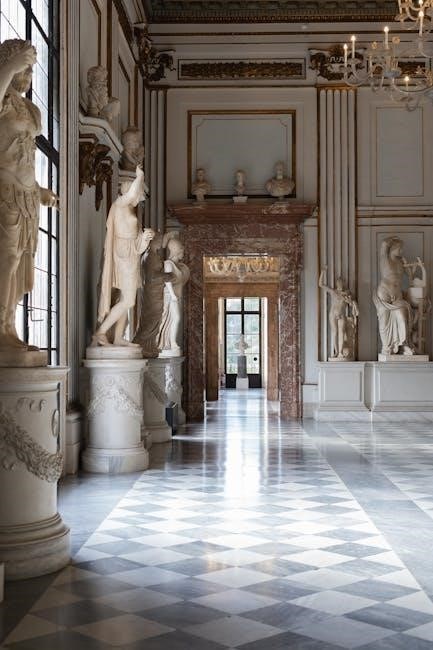
The Middle Ages
The Middle Ages spanned from the 5th to the 15th century, marking the transition from ancient to modern times. It was defined by feudalism, religious influence, and cultural transformation, shaping the foundation of the modern world.
The Byzantine Empire: Religion and Culture

The Byzantine Empire, also known as the Eastern Roman Empire, was deeply influenced by Christianity, which became the central pillar of its identity. The Orthodox Church played a dominant role in shaping its culture, art, and politics. Iconography, mosaics, and grand architectural marvels like Hagia Sophia reflected the blending of religious and imperial power. The empire preserved and transmitted classical knowledge, serving as a bridge between antiquity and the Renaissance. Its unique cultural identity emerged from the fusion of Roman administrative practices and Greek intellectual traditions. Religion and culture intertwined to create a distinct Byzantine legacy that endured for centuries, influencing both the Islamic world and medieval Europe. This period highlighted the enduring impact of faith and tradition on societal development.
The Islamic Golden Age: Science and Innovation
The Islamic Golden Age (8th–14th centuries) was a period of remarkable scientific, cultural, and intellectual advancements. Scholars like Al-Khwarizmi and Ibn Sina made groundbreaking contributions to mathematics, medicine, astronomy, and philosophy. The development of algebra, advancements in surgical techniques, and the translation of classical texts into Arabic preserved ancient knowledge and laid the foundation for future discoveries. Innovations in engineering, such as water clocks and windmills, showcased technological ingenuity. This era also saw the rise of vibrant cultural centers like Baghdad and Córdoba, where diverse scholars collaborated, fostering a spirit of intellectual curiosity. The Islamic Golden Age not only enriched the Islamic world but also influenced later scientific and cultural developments in Europe and beyond. Its legacy remains a testament to the power of knowledge and collaboration.
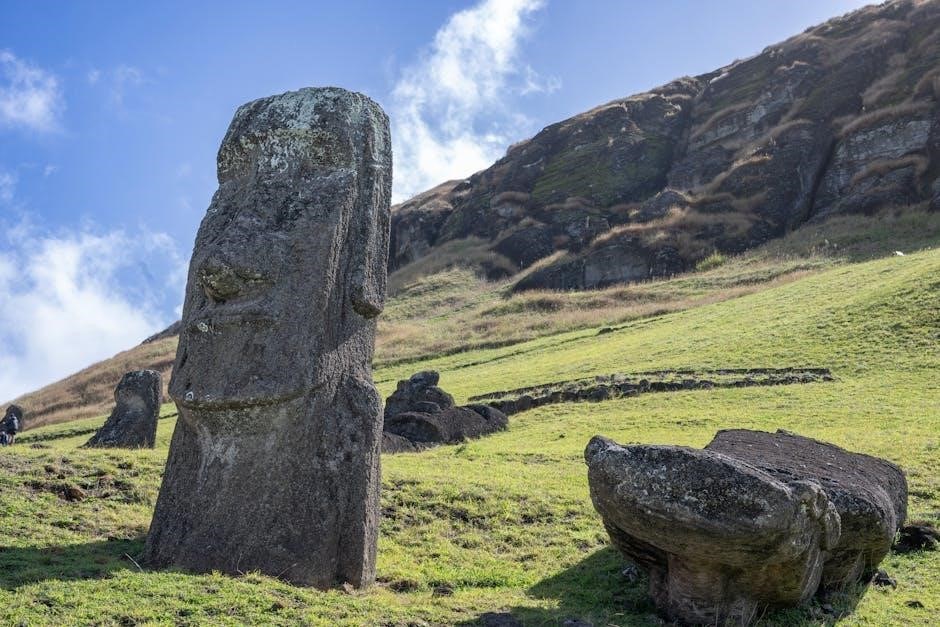
The Early Modern Period
The Early Modern Period covers the Renaissance, Protestant Reformation, and Enlightenment, highlighting cultural, religious, and intellectual transformations that reshaped Europe and beyond.
The Renaissance: Art and Humanism
The Renaissance, spanning the 14th to 17th centuries, marked a cultural and intellectual revival in Europe. It emphasized humanism, focusing on human potential and individualism. Artists like Leonardo da Vinci and Michelangelo created iconic works that exemplified this era’s innovation. The movement also saw advancements in science, literature, and philosophy, challenging medieval norms. Key figures such as Petrarch and Boccaccio revived classical knowledge, laying the groundwork for modern thought. The Renaissance’s impact extended beyond art, influencing political and social structures, and is often seen as a bridge between the Middle Ages and the Modern era.
The Protestant Reformation: Religious Change
The Protestant Reformation, beginning in the early 16th century, was a pivotal religious and social movement that challenged the authority of the Catholic Church. Led by figures like Martin Luther and John Calvin, it sought to reform Church practices and doctrine, emphasizing individual faith and direct interpretation of the Bible. The Reformation led to the emergence of Protestant denominations and significantly influenced European society, politics, and culture. Key events included the publication of Luther’s 95 Theses and the spread of reform ideas through print. The movement also sparked theological debates, conflicts, and theCounter-Reformation. Its legacy includes the diversification of Christianity and the reshaping of religious practices, making it a cornerstone of modern religious history.
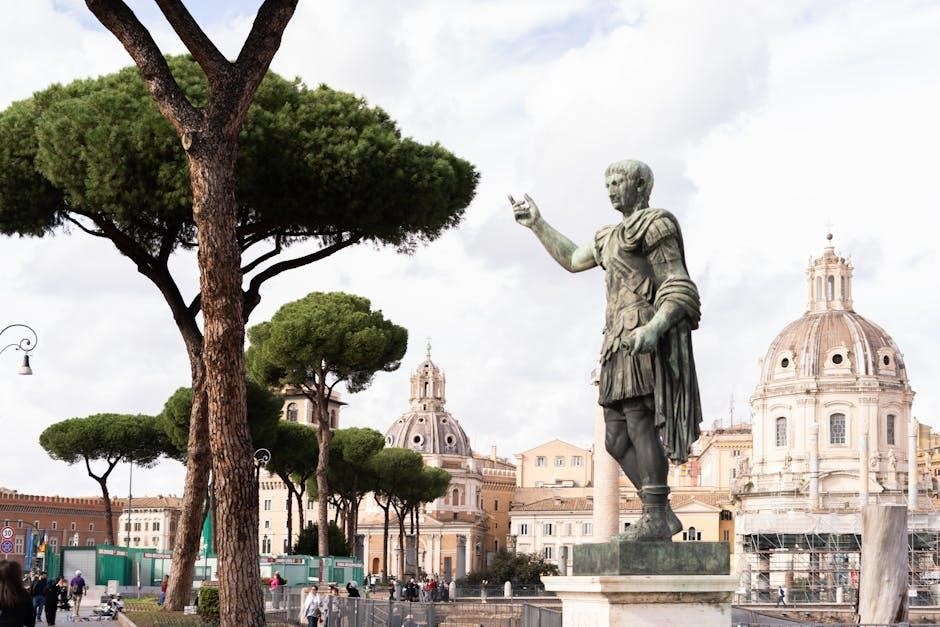
The Answer Key Structure
The answer key is organized into sections, providing clear solutions for multiple-choice questions, crossword puzzles, and visual activities, ensuring easy reference and comprehensive understanding for students.
Multiple Choice Questions: Format and Examples
The World History Shorts 1 PDF Answer Key includes a section dedicated to multiple-choice questions, each designed to test knowledge on specific historical periods and events. Questions are concise, with four possible answers, and cover topics such as ancient civilizations, the Classical Period, and the Middle Ages. For example, one question might ask, “Which river valley civilization is known for its contributions to writing?” with options like Mesopotamia, Egypt, Indus Valley, or China. The answer key provides the correct choice, along with brief explanations to reinforce understanding. This format helps students identify gaps in their knowledge and review key concepts efficiently. The structure is consistent, making it easy for learners to navigate and study effectively. Examples of questions and answers are provided to ensure clarity and promote active learning.
Crossword Puzzles and Visual Activities: Enhancing Learning
The World History Shorts 1 PDF Answer Key incorporates engaging crossword puzzles and visual activities to make learning interactive and fun. These exercises cover a wide range of historical topics, such as ancient civilizations, the Classical Period, and the Middle Ages. For instance, one crossword puzzle focuses on “The Beginning of Civilization,” where students fill in terms related to early human development and Mesopotamia. Another activity involves labeling maps to trace migration routes of early humans. Visual exercises, such as matching historical events with images, help students connect concepts visually. The answer key provides correct solutions, ensuring students can verify their work and understand their mistakes. These activities are designed to enhance retention, make learning enjoyable, and cater to different learning styles, particularly benefiting visual learners. They complement the multiple-choice questions, offering a well-rounded study experience.

Additional Study Resources
Supplement your learning with recommended materials like Exploring World History and ICSE History and Civics Answer Key, offering in-depth insights and practice exercises for a richer understanding of global events and civilizations.
Tips for Effective Learning and Retention
To maximize learning, integrate active recall and spaced repetition when using the World History Shorts 1 PDF Answer Key. Start by tackling multiple-choice questions without assistance, then verify answers to identify gaps in knowledge. Use crossword puzzles and visual activities to engage different learning styles, reinforcing memory retention. Organize study groups to discuss historical events, fostering collaborative understanding. Prioritize flashcards for key terms and concepts, focusing on connecting broader themes to specific details. Allocate dedicated time for weekly reviews, ensuring consistent exposure to material. For deeper engagement, link historical events to their modern-day impacts, making the content more relatable. Finally, supplement your studies with primary sources and timelines to contextualize information and enhance retention.
Recommended Study Materials for Deeper Understanding
For a deeper understanding of world history, supplement your studies with primary sources, such as historical documents and speeches, to gain firsthand insights into key events. Utilize timelines and maps to visualize the progression of civilizations and their geographic influences. Additionally, incorporate documentaries and educational videos to engage with visual representations of historical periods. Pair the World History Shorts 1 PDF Answer Key with a detailed world history textbook to explore topics in greater depth. Consider using flashcards to memorize important dates, terms, and concepts. Joining a study group or online forum can also enhance your learning by allowing you to discuss and clarify complex ideas. Finally, explore interactive resources like historical simulations and virtual tours to immerse yourself in the subject matter.
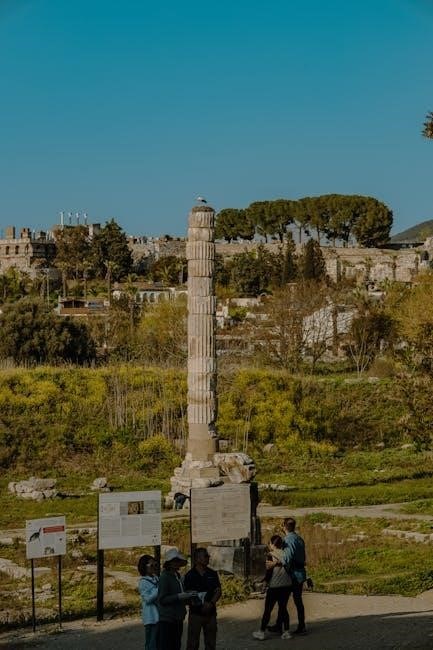
The World History Shorts 1 PDF Answer Key is an invaluable resource for mastering historical concepts, offering clear solutions and enhancing understanding of key events and civilizations effectively.
The World History Shorts 1 PDF Answer Key covers essential historical periods, from early humans to the Renaissance. It includes solutions for multiple-choice questions, crosswords, and visual activities, focusing on key events like Mesopotamia’s civilizations, Ancient Egypt’s pyramids, Rome’s empire, and the Protestant Reformation. The resource also addresses the Byzantine Empire’s cultural legacy and the Islamic Golden Age’s scientific advancements. By providing clear answers, it helps students grasp critical themes and concepts, ensuring a solid foundation for understanding global history. The answer key is designed to enhance learning retention and prepare students for deeper historical exploration.

Final Thoughts on Utilizing the Answer Key
The World History Shorts 1 PDF Answer Key is an invaluable resource for students seeking to master historical concepts. By providing clear answers to multiple-choice questions, crosswords, and visual activities, it empowers learners to identify knowledge gaps and reinforce understanding. The key’s structured format ensures that students can track their progress and focus on areas needing improvement. Its comprehensive coverage of topics, from ancient civilizations to modern historical events, makes it a versatile tool for both review and deeper exploration. Consistent use of the answer key not only enhances retention but also builds confidence in tackling complex historical themes. Ultimately, it serves as a bridge between learning and mastery, equipping students with the skills needed to excel in world history studies.
